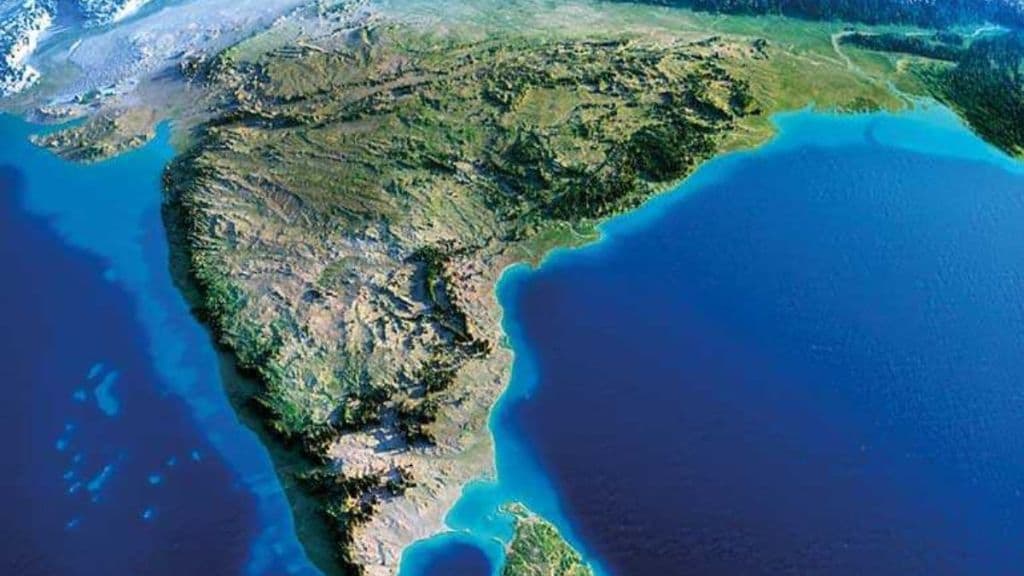At a time when adverse headwinds buffet global trade, India is intensifying its trading relationships with important developed and developing countries. A sharper focus on Asia, including the neighbourhood, has been advocated by the CEO of the official think-tank, NITI Aayog, BVR Subrahmanyam.
Most countries do have maximum trade with their neighbors, like the US, Mexico, and Canada or the European Union (EU). The big question is, why this isn’t happening in India’s case beyond what he says is the “misfortune that we are in a very difficult geography”? It is no doubt true that Indo-Pakistan tensions are largely responsible, but the regime change in Bangladesh—that is our largest trading partner in the neighborhood—is also adversarial to India’s interests.
Besides such neighbours, a more potent reason why India is not trading more with the region is that China is already doing so. In this milieu, South Asia remains a diminishing focus accounting for only 2.8% of India’s overall trade. Currently, we have good relations with the Maldives, Bhutan, Sri Lanka, and are resetting relations with Afghanistan.
India’s reset with Taliban-run Afghanistan is taking place at a time when the latter’s relations with its erstwhile ally, Pakistan, have deteriorated with clashes across their borders. China has a head start with Kabul by exchanging ambassadors and making huge investments. India is upgrading its technical mission to the status of an embassy.
Afghanistan’s foreign minister, Amir Khan Muttaqi, during his visit to India committed that his nation will never be used as a base for cross-border terrorism against India and condemned the attack in Pahalgam much to Pakistan’s chagrin. India has been a first responder in sending relief when earthquakes recently hit Afghanistan.
We have also been a significant provider of food assistance to a country in which 34% of its population of 43 million faces food shortages. Acute malnutrition is worsening. More trade with Afghanistan, however, is predicated on the US sanctions on Iran’s Chabahar Port being eased. Being a go-to option for neighbours in crisis is one reason why India has a closer engagement with the Maldives and Sri Lanka despite the dragon’s growing influence.
India’s biggest challenge is to defend its turf against the dragon’s growing trade—that is almost two times larger than ours—with South Asia. That it has become Bangladesh’s and Pakistan’s largest trading partner is a painful reminder to India of its failure to deepen regional integration. Looking eastwards towards Asia, including China, is challenging as we have not been able to sell much to the dragon.
The Bay of Bengal Initiative for Multi-Sectoral Technical and Economic Cooperation (BIMSTEC) might be the South Asian Association for Regional Cooperation without Pakistan. But with the chill in our relationship with Bangladesh, taking forward BIMSTEC through a free trade agreement (FTA) is unlikely.
As for our FTA with the Association of Southeast Asian Nations, India is reviewing it as its concerns are similar to what it had in opting out of the Regional Comprehensive Economic Partnership (RCEP), notably that it was a deal with China by stealth.
Making this FTA work is in India’s interests as it will increase its confidence levels to rejoin the RCEP in the future. An Asia focus therefore appears highly problematic even as India ramps up trade with the UK and negotiates deals with the EU and the US, besides several developing nations.


